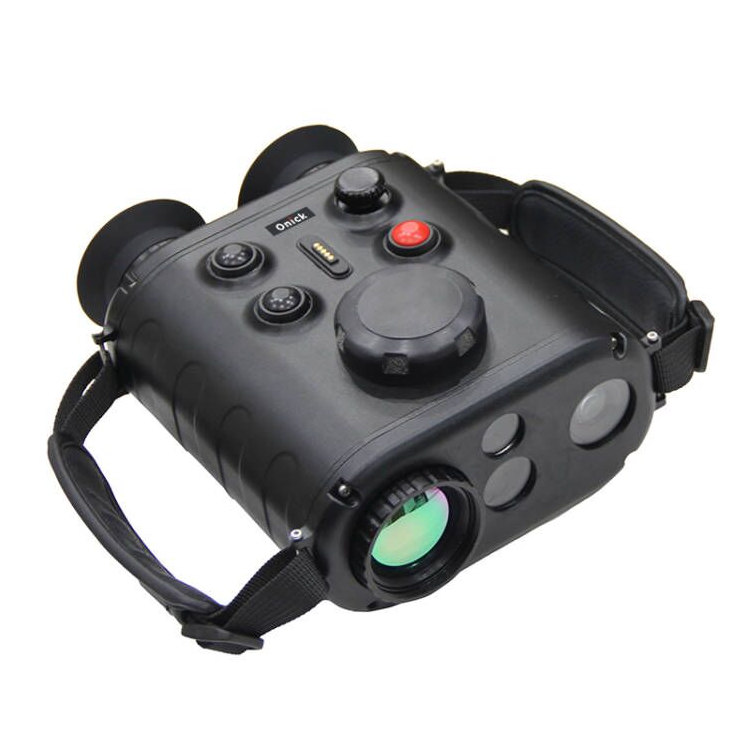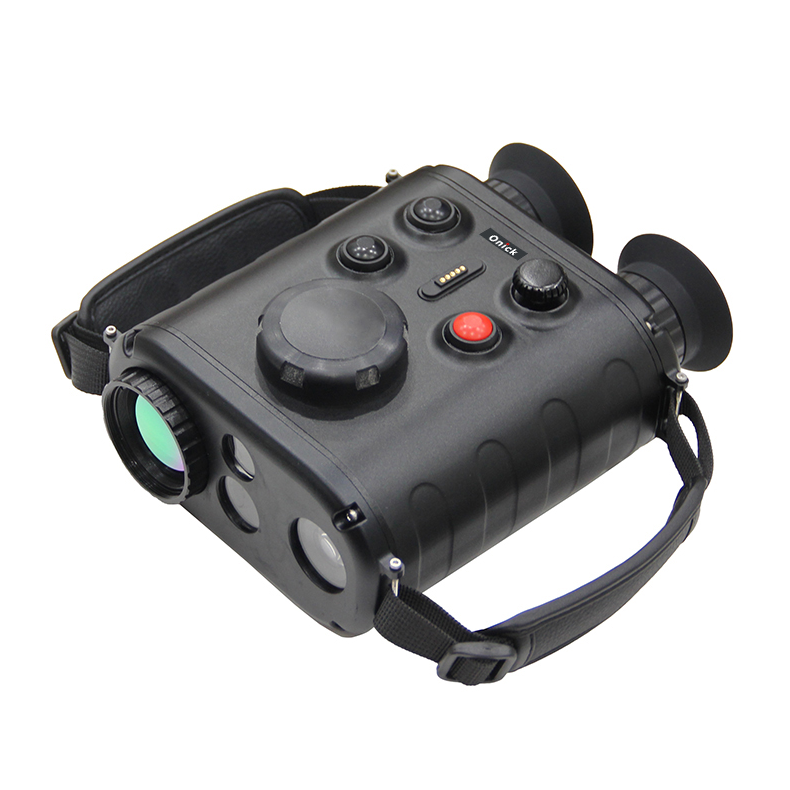With advances in technology, low-light-level night vision devices and thermal imaging cameras are becoming increasingly affordable, with thermal imaging devices now available for under $3,000. Both devices can be used for nighttime observation, but they operate on completely different principles. Each has its own advantages, and in some cases, you can combine them to achieve the best of both worlds.
Low-light-level night vision devices are incredibly effective, like wearing magic glasses, allowing you to clearly see your surroundings in the dark. However, they have their drawbacks. While their image intensification tubes allow you to see many objects in the dark, they can hinder visibility in shadows. Brightly lit areas can create glare, making it difficult to spot a person hiding in the shadows (left). While you can use a high-powered infrared searchlight to mitigate this issue, it's not a good idea if the enemy also has the same night vision device.
Low-light-level night vision device features:
Imaging style: The image is primarily black and white or green (green is easier for the human eye to see for extended periods). Essentially, it "amplifies" weak visible light in the environment (moonlight, starlight, distant lights, etc.), resulting in an image similar to an "enhanced night scene," capable of reproducing object outlines, textures, and even dynamic details (such as the swaying of leaves or the movement of people).
Environmental dependence: The performance is directly affected by ambient light. On starlit or moonlit nights, it can clearly distinguish target details (such as facial contours and clothing textures) within 100-300 meters. In completely dark, enclosed environments (such as basements or deep in dense forests), the built-in infrared fill light is required. In this case, the image will be monochrome, with reduced detail clarity, but sufficient for basic observation.

Limitations: Strong light (such as car lights or searchlights) can cause a momentary "overexposure" in the image, resulting in a whiteout, which takes several to ten seconds to recover. The device cannot penetrate smoke or haze, and in dusty or rainy weather, the image will appear blurry and noisy.
Performance and Features of Thermal Imagers
Imaging Style: The image is a temperature distribution heat map (commonly seen in a gradient of red, yellow, and blue, or in black and white). High-temperature areas (such as human bodies and running engines) appear bright, while low-temperature areas (such as rocks and walls) appear dark. This method does not reflect the true color and texture of objects, but only displays thermal outlines.
Environmental Adaptability: Thermal imagers are completely independent of light and provide stable performance in environments such as darkness, thick smoke, haze, and dust. For example, at a fire scene, they can penetrate thick smoke to reveal the thermal outlines of trapped people; in dense jungle, they can identify animals or people obscured by foliage.

Limitations: They offer limited detail and cannot distinguish specific features of targets (such as faces or clothing materials). In hot environments (such as midday in summer), the temperature difference between the target and the surrounding environment decreases, reducing thermal image contrast and potentially causing a "blurred" effect. At long distances, small targets (such as distant people) may appear as a blurry hot spot.
This is where thermal imagers surpass low-light-level night vision devices: they can detect objects regardless of lighting conditions. The downside of low-light night vision goggles is that they can't see infrared (IR), so they can't be used with infrared laser sights. In some cases, a red dot sight can be tethered to a thermal imager, but whether the eye can adapt to such a setup is a challenge. Many hunters use low-light night vision goggles for navigating the darkness and a thermal imaging camera for searching for prey. Using both a head-mounted low-light night vision goggles and a thermal imaging scope simultaneously forces them to switch back and forth between the two modes.


